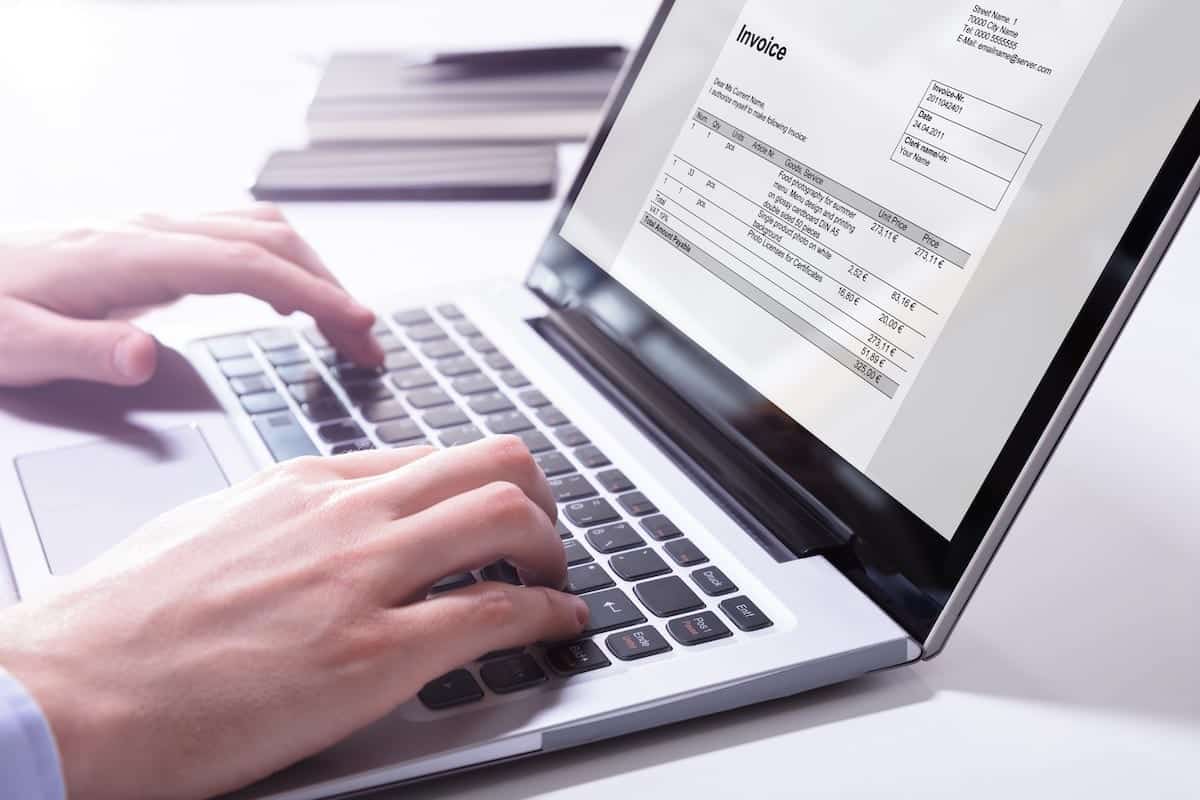By Matthew McBride
When it comes to sending efficiency skyrocketing, there are various ways to rethink your enterprise standards. Adopting a new software-based billing system is one of the most effective. Making the change lets you fine-tune something you already have to do — keep the books in order.
Billing software comes in numerous forms. From systems that power point-of-sale terminals to integrations that include end-of-month reporting and expense request processing features, there are many platforms with their own unique strengths.
Which type of billing application will complement your business model the best? Here are five of the ways you might leverage billing software for an enhanced-productivity workplace.
1. You can customize your invoice workflow management strategies.
Some enterprises prefer their legacy in-house billing solutions because they’ve grown accustomed to them. While these systems are often geared towards custom workflows and invoicing standards, they fall short in critical areas, such as letting you make changes to accommodate new market factors.
Cloud-based billing software solves these problems by offering an enhanced degree of customization. You can plan workflows that reflect the way you conduct business, automate key process tasks and make productivity-boosting adjustments as needed. Top-down access control also makes it easier to bring more of your company’s key decision-makers and stakeholders in on the process without stepping on your accountant’s toes along the way.
2. You can integrate your ERP and CRM systems
Modern billing integrations empower your enterprise to eliminate conceptual disconnects and unify vital processes. By working seamlessly with the systems you already rely on, billing systems make it easier to run a tight ship.
CRM Integration for Enhanced Customer Service
Many billing app users integrate their dashboards with customer relationship management, or CRM, tools. This strategy can assist you in leveraging vital insights that might otherwise prove inaccessible, such as correlating dropped shopping carts with unresolved service tickets.
Combining
ERM Integration for Improved Operational Viability and Process Visibility
Another common integration for billing tools involves connecting these systems to enterprise risk management, or ERM, frameworks. Not all risks are cost-related, but correlating your operating expenditures with their ERM results helps you paint a clearer picture of what you’re doing correctly.
Apps that show you the connections let you reap the rewards of advanced understanding without doing as much of the legwork.
3. You can automate mission-critical accounting and payment reminders.
Paying bills isn’t the most pleasant thing in the world, and this truth applies to your organization as well as your clientele. When invoices go unpaid, however, it takes a toll on everything from your immediate profit margin to your long-term business relationships.
Billing automation tools are the ideal solution to this issue. By sending clients courteous reminders when they need to start thinking about paying, they increase your likelihood of getting your money on time. By keeping you aware of upcoming accounts payable, they let you stay attuned to the realities of running your enterprise without detracting from your focus in other areas.
4. You can minimize human errors and the disputes that come with them.
Human errors cost money. No matter whether you’re a retail enterprise or a provider of business services, it’s critical to avoid blunders that might take bites out of your profitability.
Switching to a superior billing app is one of the easiest ways to sidestep errors.
Cloud-based systems function flawlessly from anywhere, so it’s easier to avoid confusion. You don’t have to train your staff members to master multiple dashboards or workflows — and potentially make mistakes — depending on the situation.
Automating everyday tasks might reduce your risk of falling prey to simple mistakes. When your employees don’t have to go through a list of steps every time they want to complete an essential process, such as submitting an invoice or purchase order, they’re less likely to overlook something important.
Billing automation enhances accounting consistency. The system takes care of complex, brain-draining tasks, such as sanitizing data, importing information into business intelligence silos and using machine learning to create useful reports. These capabilities make it far simpler to ensure uniformity of feedback.
Error-reducing operating practices lower the chances of customer disputes. This benefit also helps you prevent costly outcomes like chargebacks, cancellations, and refunds.
5. You can keep the office running 24/7.
One of the greatest hidden strengths of cloud-based billing software is that it doesn’t need to take coffee breaks. These tools let you intake expense reports, accept consumer payments and process transactions no matter when they occur. What’s more, the fact that you can do so without dedicated office staff means that you can stay running longer with the same — or fewer — resources.
Being able to operate around the clock is imperative in today’s on-demand business arena. Choosing the right billing software might make it easier to offer user-experience-enhancing services, such as NFC-powered, cashier-less checkouts.
Your billing tools might not define you, but they have an undeniable impact on the way you work and your power to cultivate a productive corporate culture. They allow you to spend less time on routine tasks, gain more accurate insights from complex data and unify workflows from an organization-wide perspective. In the process, they drive productivity enhancements that persist across all levels of your enterprise.
Companies that want to keep up with modern consumers and changing markets must ensure they have the accounting frameworks in place to meet demand.

